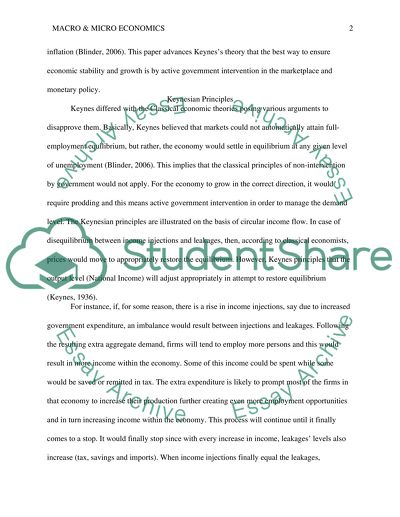Cite this document
(“A Focus on the Different Economic Principles and Theories of John M Term Paper”, n.d.)
Retrieved from https://studentshare.org/macro-microeconomics/1473736-a-focus-on-the-different-economic-principles-and-theories-of-john-m-keynes
Retrieved from https://studentshare.org/macro-microeconomics/1473736-a-focus-on-the-different-economic-principles-and-theories-of-john-m-keynes
(A Focus on the Different Economic Principles and Theories of John M Term Paper)
https://studentshare.org/macro-microeconomics/1473736-a-focus-on-the-different-economic-principles-and-theories-of-john-m-keynes.
https://studentshare.org/macro-microeconomics/1473736-a-focus-on-the-different-economic-principles-and-theories-of-john-m-keynes.
“A Focus on the Different Economic Principles and Theories of John M Term Paper”, n.d. https://studentshare.org/macro-microeconomics/1473736-a-focus-on-the-different-economic-principles-and-theories-of-john-m-keynes.


